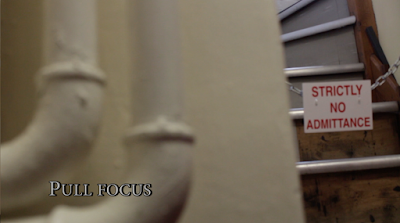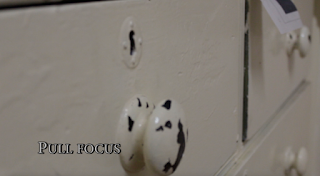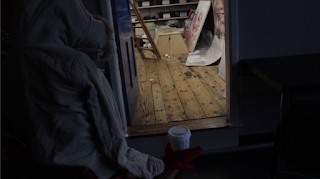OSSESSIONE (Luchino Visconti, 1943)
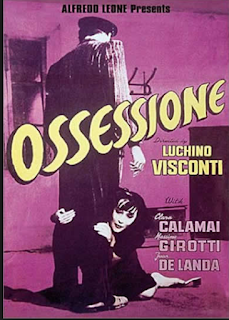 Bibliography:Ossessione (2016) in Wikipedia. Available at: https://en.wikipedia.org/wiki/Ossessione (Accessed: 29 September 2016).In-line Citation:(Ossessione, 2016)
Bibliography:Ossessione (2016) in Wikipedia. Available at: https://en.wikipedia.org/wiki/Ossessione (Accessed: 29 September 2016).In-line Citation:(Ossessione, 2016)Bibliography:grunes (2007) OSSESSIONE (Luchino Visconti, 1942). Available at: https://grunes.wordpress.com/2007/10/28/ossessione-luchino-visconti-1942/ (Accessed: 29 September 2016).In-line Citation:(grunes, 2007)
Bibliography:Ossessione (1959) Directed by Luchino Visconti .In-line Citation:(Visconti, 1959)
Bicycle Thieves (1948 Vittorio De Sica)
 Bibliography:Ladri di biciclette (1948) Directed by Vittorio De Sica .In-line Citation:(De Sica, 1948)
Bibliography:Ladri di biciclette (1948) Directed by Vittorio De Sica .In-line Citation:(De Sica, 1948)Bibliography:Bicycle thieves (2016) in Wikipedia. Available at: https://en.wikipedia.org/wiki/Bicycle_Thieves (Accessed: 29 September 2016).In-line Citation:(Bicycle thieves, 2016)
Bibliography:Mooney, J. (2013) The bicycle thieves and Italian Neorealism. Available at: https://filmandphilosophy.com/2013/03/08/the-bicycle-thieves-and-italian-neorealism/ (Accessed: 29 September 2016).In-line Citation:(Mooney, 2013)
Bibliography:KARVAYO777 (2009) Bicycle thief last scene. Available at: https://www.youtube.com/watch?v=C_lJbSJoIuw (Accessed: 3 October 2016).In-line Citation:(KARVAYO777, 2009)
Rome, Open City 1945 Roberto Rossellini
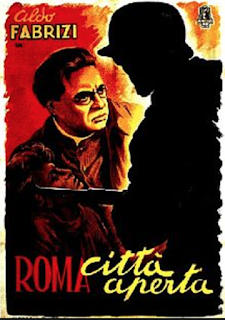 Bibliography:Rome, open city (2016) in Wikipedia. Available at: https://en.wikipedia.org/wiki/Rome,_Open_City (Accessed: 29 September 2016).In-line Citation:(Rome, open city, 2016)
Bibliography:Rome, open city (2016) in Wikipedia. Available at: https://en.wikipedia.org/wiki/Rome,_Open_City (Accessed: 29 September 2016).In-line Citation:(Rome, open city, 2016)Bibliography:Roma città aperta (1945) Directed by Roberto Rossellini .In-line Citation:(Rossellini, 1945)
Bibliography:Index to NeoWeb (no date) Available at: http://www.carleton.edu/curricular/MEDA/classes/media110/Voigt/paper3.html (Accessed: 29 September 2016).In-line Citation:(Index to NeoWeb, no date)
(REJECTED)
http://www.oocities.org/tlverburg/bicycle.pdf
(REJECTED)
https://www.youtube.com/watch?v=uI3mvReS2BI
(REJECTED)
Bibliography:divadaniela (2012) CineCollage: Italian Neorealism. Available at: http://cinecollage.net/neorealism.html (Accessed: 20 September 2016).In-line Citation:(divadaniela, 2012)
Bibliography:Theme, M. and Media, rd W. 3 (2016) KEC Moodle: Log in to the site. Available at: http://moodle.kinged6nun.ac.uk/mod/resource/view.php?id=45727 (Accessed: 20 September 2016).In-line Citation:(Theme and Media, 2016)
Bibliography:Theme, M. and Media, rd W. 3 (2016) KEC Moodle: Log in to the site. Available at: http://moodle.kinged6nun.ac.uk/mod/resource/view.php?id=45727 (Accessed: 20 September 2016).In-line Citation:(Theme and Media, 2016)
https://www.youtube.com/watch?v=zLOr-VEjBBc
Bibliography:The New York Times (2009) ‘The bicycle thief’ | critics’ picks | the New York times. Available at: https://www.youtube.com/watch?v=njLcOqW7xV0 (Accessed: 14 November 2016).In-line Citation:(The New York Times, 2009)














